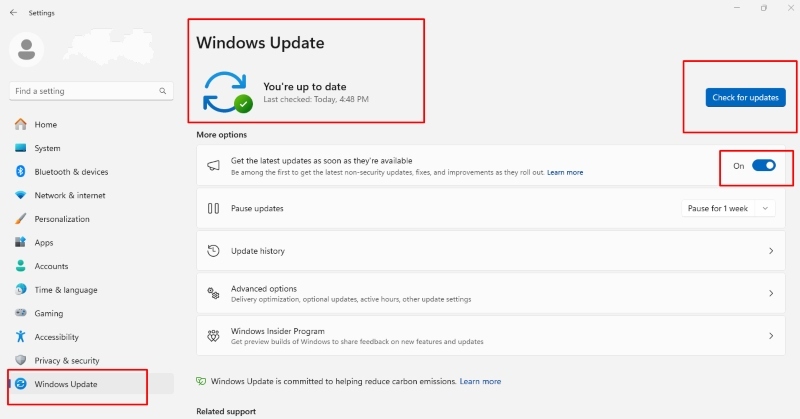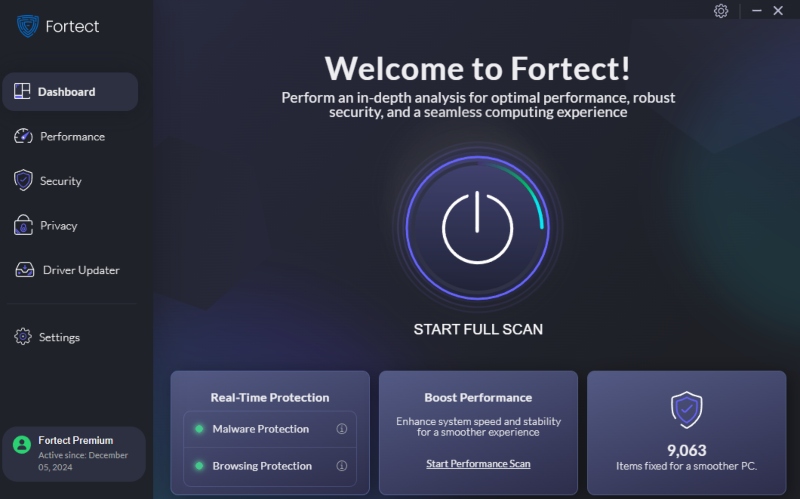Secure Windows from Malicious Fonts & Previews
You wouldn’t expect malicious fonts & previews to be a threat, yet in the world of cybersecurity, these everyday features can be quietly dangerous. Hackers have learned to exploit both font files and preview panes to deliver hidden malware straight to your Windows system without you ever clicking a thing.
Whether you’re running Windows 10 or 11, this guide will help you understand the risks and secure your system against these subtle but serious threats.
Why Malicious Fonts and Previews Can Be a Security Risk

The Hidden Danger Behind Fonts
Fonts in Windows are more than just design tools; they’re processed by the Windows Graphics Device Interface (GDI), and vulnerabilities in that system have been exploited in the past to execute remote code. Hackers can craft malicious font files that look harmless but silently execute code once installed or even when rendered in a preview.
File Preview Pane: A Silent Entry Point
The File Explorer preview pane automatically loads and renders file contents, including Word docs, PDFs, and images. If these files are laced with malicious scripts, simply previewing them can trigger an infection without you opening the file at all.
How Hackers Exploit Fonts and File Previews
Here’s how these threats typically unfold:
- Malicious email attachment: A Word or PDF file contains an embedded font or macro that exploits a rendering vulnerability.
- Shared folders or USB drives: Malware hides inside file previews. You hover your system, load the preview, and the attack begins.
- Drive-by font downloads from websites: Clicking “Allow” to view a site with custom fonts can sometimes trigger hidden downloads.
These attacks are subtle, effective, and often leave no obvious trace until damage is already done.
6 Ways to Secure Windows Against These Threats
Now that we’ve uncovered the threat, let’s lock it down. These changes are simple to make, even for non-technical users.
✅ 1. Habitually Keep Windows Updated

Security updates often patch vulnerabilities in the Windows font engine and preview pane behavior. Skipping updates can leave your system exposed to known exploits.
📌 How to Update Windows 10
- Click Start > Settings > Update & Security
- Click Check for updates
- Install any available updates and restart your PC
💡 Tip: Enable automatic updates to ensure you’re always protected.
🔐 2. Restrict Font Installation to Admins
Preventing standard users from installing fonts reduces the risk of unauthorized or malicious font files being added to your system.
📌 How to Restrict Font Installation in Windows 10
- Press Win + R, type gpedit.msc, and hit Enter
- Navigate to:
User Configuration > Administrative Templates > Control Panel > Fonts - Double-click “Allow font installation.”
- Set it to Disabled, then click Apply
If you’re on Windows Home, which lacks Group Policy Editor, consider using registry tweaks or managing users through Settings > Accounts.
📁 3. Disable the File Explorer Preview Pane
Since previews can trigger malicious code, turning off this feature adds a crucial layer of safety.
📌 Steps to Disable Preview Pane in Windows
- Open File Explorer
- Click the View tab
- Click the Preview pane to toggle it off
This prevents automatic file rendering, especially useful when navigating untrusted directories.
🛡️ 4. Enable Controlled Folder Access
Controlled Folder Access is part of Microsoft Defender and helps block untrusted apps from altering important files, even if a malicious font or preview file slips through.
📌 How to Enable It
- Open Windows Security
- Go to Virus & threat protection > Manage ransomware protection
- Turn on Controlled folder access
Add custom folders for added protection (e.g., Downloads, Work files, etc.).
🔧 5. Use AppLocker or Software Restriction Policies
AppLocker lets you define which fonts or applications are allowed to run, giving you precise control over what gets executed.
📌 Example Use Case
- Block all unsigned font files from running
- Create rules that allow only admin-approved applications
Note: AppLocker is available only in Windows 10/11 Enterprise and Education editions.
✅ 6. Fortify Your System with Real-Time Protection
Even with strong settings, some threats can slip through, especially zero-day font exploits or preview-based malware. That’s where Fortect comes in.

✅ Fortect offers real-time malware protection that scans fonts, previews, and documents before they can harm your system. Whether it’s a shady font download or a dangerous preview pane trigger, Fortect can catch it before it causes damage.
Download and install Fortect to get peace of mind from invisible threats hiding in everyday files.
Conclusion
Fonts and file previews may seem like small details, but cybercriminals know how to weaponize them. By understanding the risks and making simple changes to your Windows settings, you can reduce your vulnerability to these stealthy attacks.
Stay updated, disable preview panes, limit font installations, and consider using a real-time malware protection tool like Fortect to defend against these low-key but dangerous threats.




